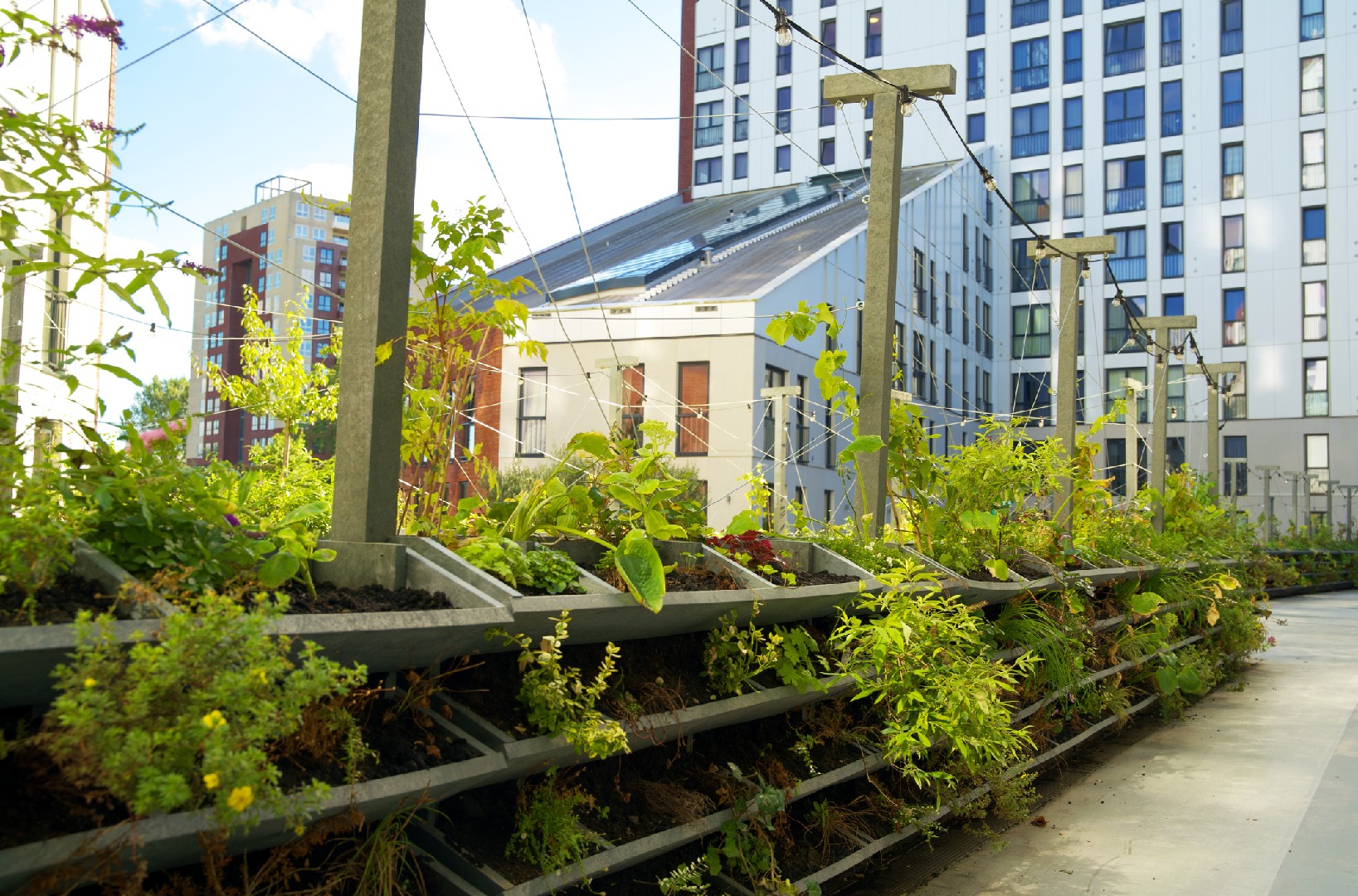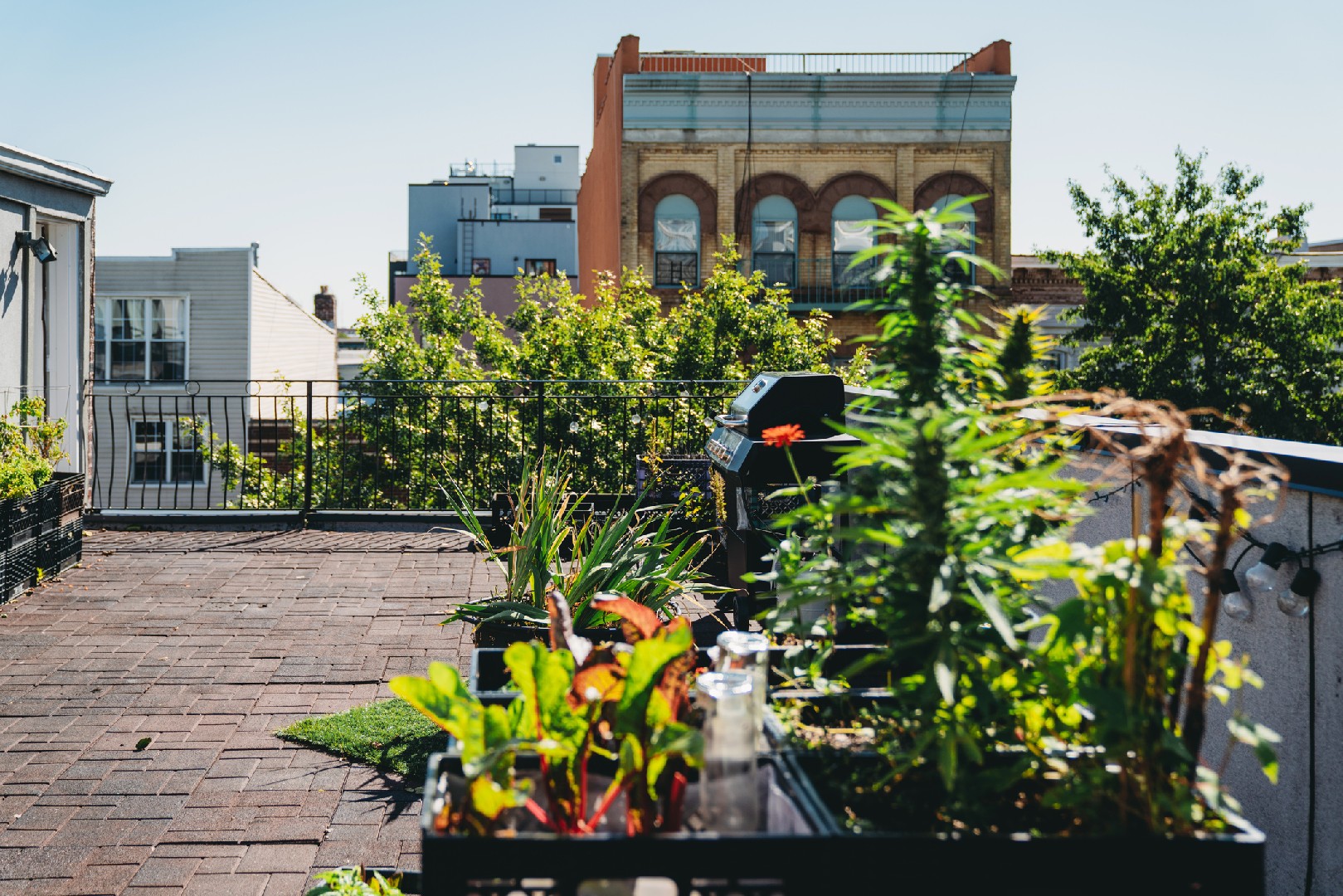![Rectangle]()
Nurturing Your Upcycled Haven: Maintenance and Care Tips
Creating a stunning urban garden with upcycled materials is an inspiring endeavor that allows you to transform your space into a unique and eco-friendly haven. Once you have set up your upcycled garden, it's essential to know how to maintain and care for it to ensure its longevity and beauty. In this section, we will provide you with practical tips and useful knowledge to help you nurture your upcycled haven.
Watering your upcycled garden is crucial for the health and growth of your plants. Depending on the type of plants you have, you may need to water them regularly or adjust your watering schedule based on the weather conditions. Keep an eye on the moisture level of the soil and water your plants when the top inch feels dry. Use a watering can or a gentle spray attachment on your hose to provide a steady and even distribution of water. It's important not to overwater your plants as it can lead to root rot and other diseases.
Fertilizing your upcycled garden is another essential aspect of maintenance. Since upcycled gardens often rely on organic materials, you can make your own natural fertilizers. Composting is an excellent way to create nutrient-rich soil for your plants. Collect kitchen scraps, yard waste, and other organic materials in a compost bin. Over time, these materials will decompose and turn into a valuable compost that you can use to feed your garden. Additionally, consider using organic fertilizers, such as seaweed extract or fish emulsion, to provide extra nutrients to your plants.
Pest control is a common challenge for all types of gardens, including upcycled gardens. To protect your plants from pests, consider using natural methods that are safe for the environment and your health. For example, you can introduce beneficial insects, like ladybugs or lacewings, that feed on harmful pests. You can also make your own insecticidal soap by mixing liquid soap and water to spray on affected plants. Regularly inspecting your plants for signs of pests and acting promptly can help prevent infestations and ensure the wellbeing of your garden.
While upcycled gardens offer creativity and sustainability, they may also present certain challenges. One challenge is the limited space available for plant growth. To mitigate this, consider vertical gardening techniques, such as using trellises or hanging pots, to make the most of your space. Another challenge is the durability of upcycled materials. Some materials may deteriorate over time, so it's important to regularly inspect and repair them to maintain the integrity of your garden.
Finally, to constantly enhance the design of your upcycled garden, embrace experimentation and adaptability. Feel free to rearrange plants, add new upcycled elements, or try different combinations to create a fresh look. Experimenting with different plants and design elements can also help you discover what works best for your space and personal style.
In conclusion, maintaining and caring for your upcycled garden is essential to ensure its vibrancy and longevity. By following proper watering and fertilizing techniques, applying natural pest control methods, addressing potential challenges, and embracing experimentation, you can create a thriving and visually stunning urban garden. Feel inspired to continue nurturing your upcycled haven and watch it flourish into a sustainable oasis of beauty.





